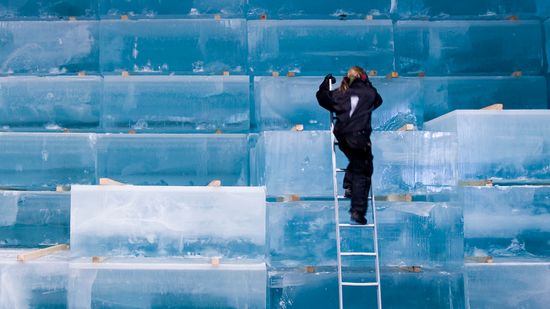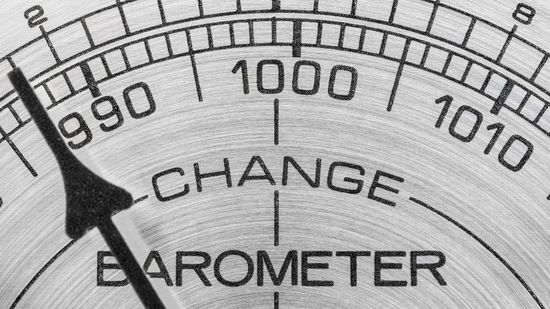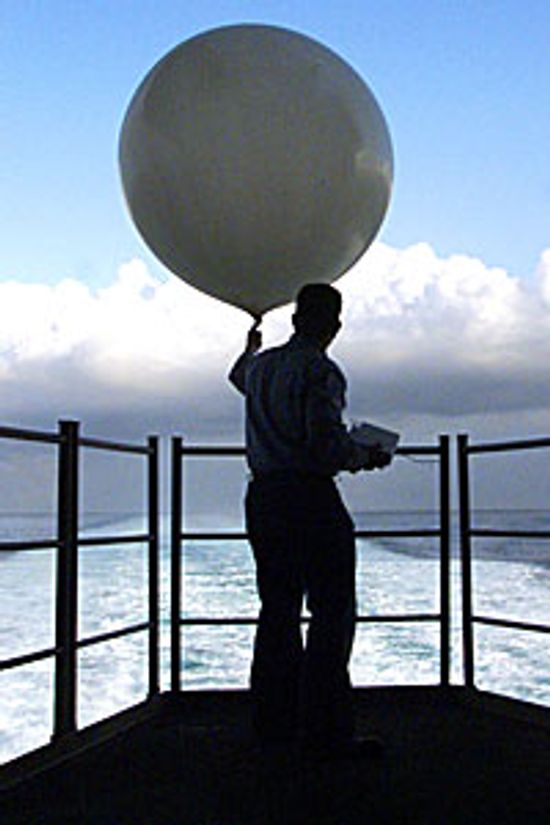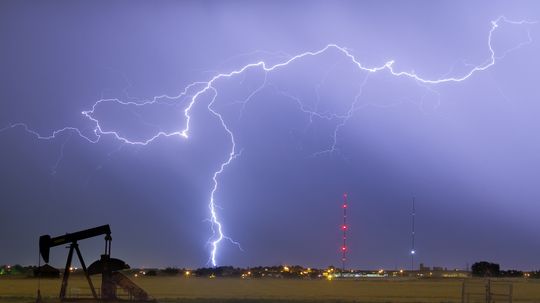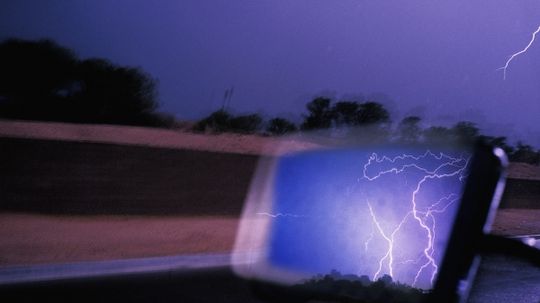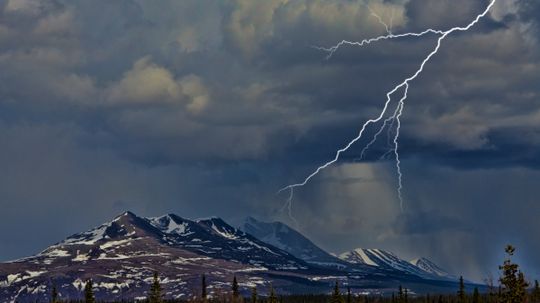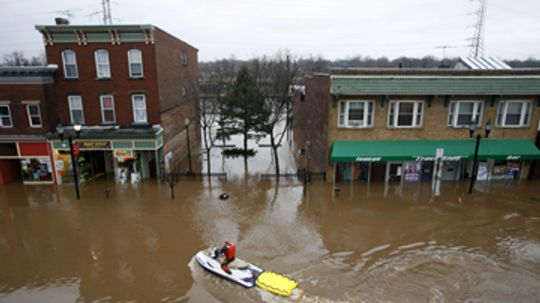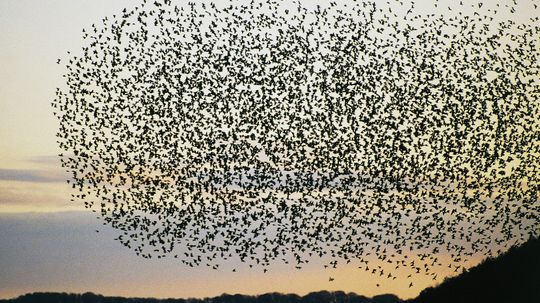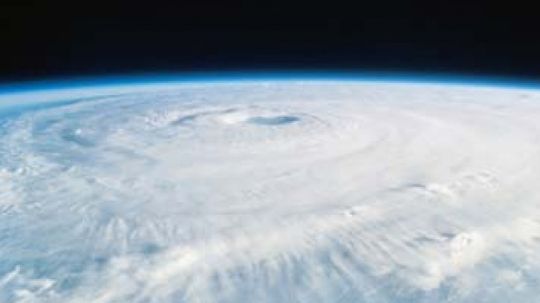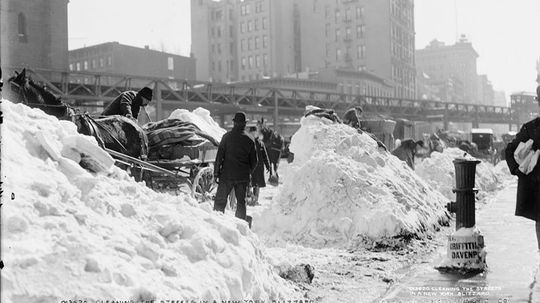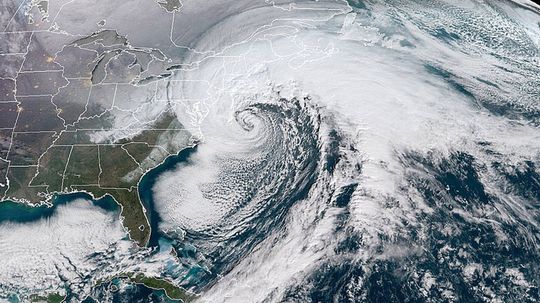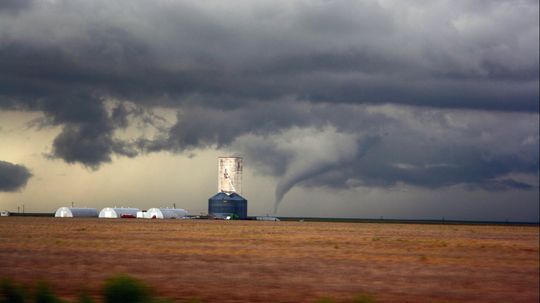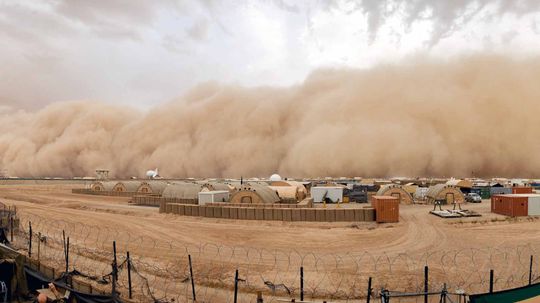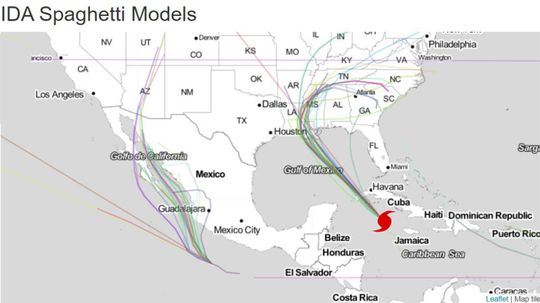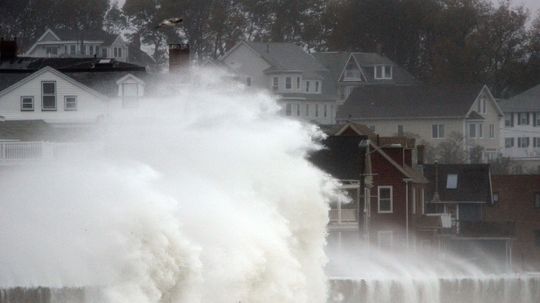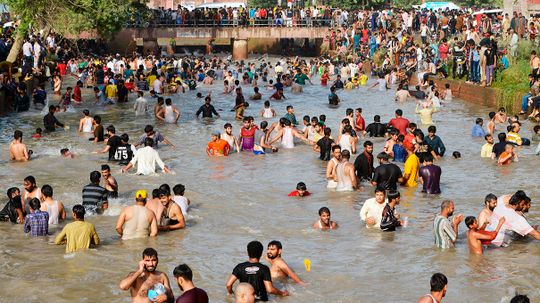Storms
Storms are a meteorological event that can be studied to advance the science of meteorology. The study of storms can potentially save lives as scientists gain a better understanding of their nature. Learn more about storms here.
Learn More / Page 2
Simon and Garfunkel. Peanut butter and jelly. Thunder and lightning. Some things are just better when they roll in pairs. But while we know that '60s folk singers and classic foodstuffs can also roll solo, what about these stormy BFFs?
In the days of Ancient Greece, it was easy enough to chalk up a bolt from the blue to Zeus, the great curmudgeon of Mt. Olympus. But while Ancient Greeks probably never felt safe from their grumpy god, today we know a bit more about lightning safety.
To paraphrase the band Queen, thunder and lightning are very, very frightening. Especially when you're stuck in a car in the middle of nowhere. But can your rubber tires protect you from a lightning strike?
Advertisement
If you hear thunder during the winter, should you get your snow shovel ready? Find out if thunder in winter means thunder snow is coming.
Can you shower during a thunderstorm? It's long been rumored that taking a nice, warm shower is a dangerous proposition when electricity is coursing through the sky.
If you're in a thunderstorm, then your top priority is safety. It might sound like a good idea to call your loved ones and let them know you're okay, but hold the phone a moment. See those lightning bolts outside? They've got other ideas.
It would be nice if our electronic devices doubled as handy, lightning-proof talismans to ward off danger during a thunderstorm. Sadly, that sounds more like sorcery than science. In the meantime, maybe you should just leave them off and unplugged.
Advertisement
When a hurricane or flash flood strikes a city, it can leave residents stranded in their cars, homes or other buildings waiting for rescue. How do rescue teams know where to go first?
Frogs! Fish! Birds! A surprising number of things have rained down from the sky besides water. But how?
Is hurricane intensity increasing? It all depends on who you ask. How have scientists come to so many different conclusions about the ferocity of these seasonal storms?
Heavy snowfall is just one mark of a bad snowstorm. But the biggest snowstorms of all time also brought strong winds and in some cases, major power outages.
Advertisement
Understanding a tornado watch vs. warning is the difference between preparing for a potential disaster or immediately seeking shelter.
By Yara Simón
Bombogenesis is a phenomenon in which the atmospheric pressure in the middle of a low-pressure system drops rapidly, intensifying a storm and creating a bomb cyclone.
Where is tornado alley and why do so many tornadoes form there?
Haboobs are giant walls of dust that can come seemingly out of nowhere. How are they created and are they different from sandstorms?
Advertisement
Spaghetti models plot the potential tracks of tropical storms and hurricanes from different meteorological organizations onto one map. The resulting visual helps project how likely the forecast track will be.
"Nor'easter" is one of those words that makes you think of an old mariner scanning the horizon for a pending storm. What does it really mean — and why don't we say "northeaster"?
The mercury soared to over 122 degrees Fahrenheit in Nawkwabash, Pakistan. It could be the highest April temp ever recorded on the planet.
By Mark Mancini

